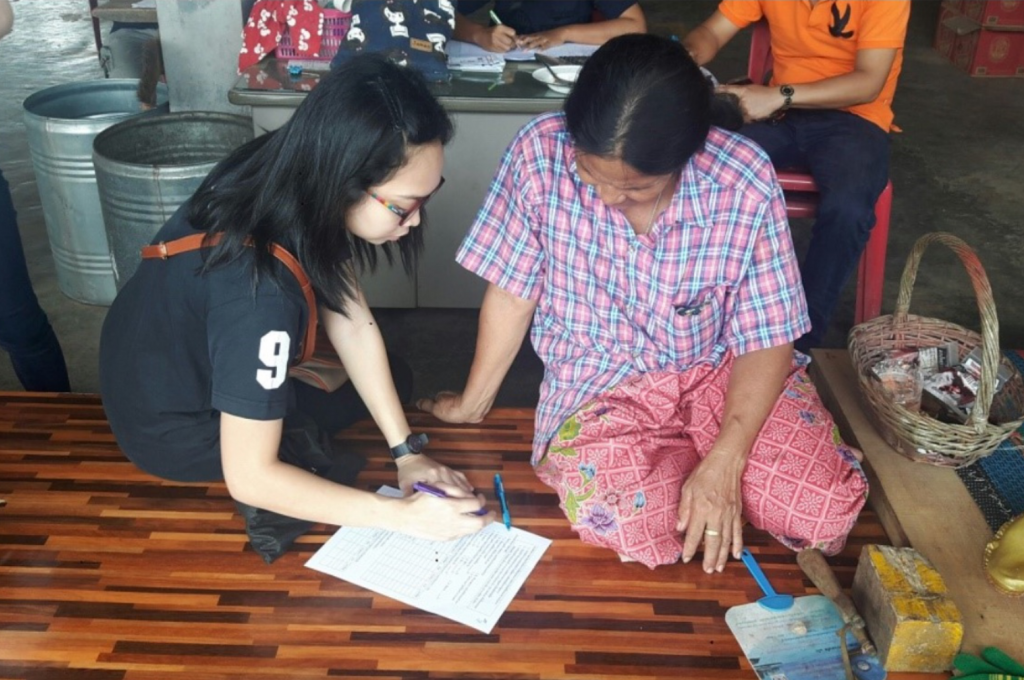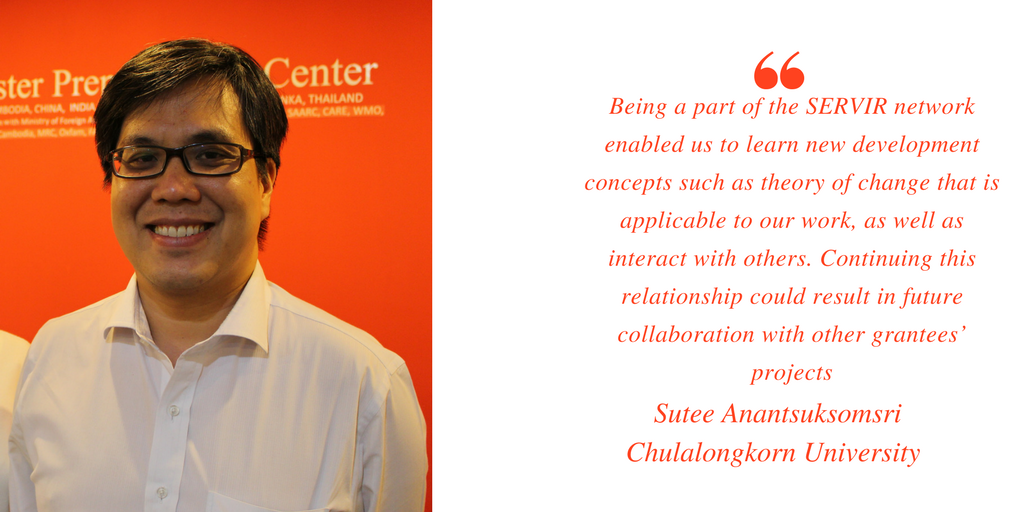Grantee Profile: Sutee Anantsuksomsri


Name: Sutee Anantsuksomsri
Organization: Chulalongkorn University
Grant Title: Assessing Impacts of Rubber Prices on Land Use Change in the Eastern Region of Thailand
The purpose of the award was to conduct research to understand the role of rubber prices on smallholders’ decision to utilize their lands for rubber versus other agriculture. The organization generated spatial data on rubber plantations in the eastern region of Thailand using multi-sensor satellite time-series imagery and survey research. The spatial data was analyzed in conjunction with rubber prices to assess the spatial and temporal interdependence between rubber prices and rubber plantations. An economic model was used to identify the key factors driving land use decisions on rubber expansion/reduction and predict future land use associated with rubber cultivation in Eastern Thailand. The activity included stages of data collection, data analysis, report production, and stakeholder engagement.
What inspires you most about working on this project?
Our inspirations stem from the effects of low rubber prices on the economic well-being of rubber farmers in Thailand that we have observed through news and media. We would like to empirically explore the interdependence of rubber prices and rubber plantations and to examine to socio-economic factors shaping land use changes of rubber plantations.
To conduct this analysis in Thailand is challenging because many data are not available—or in many cases do not exist. Remote sensing data are available data that can represent directly physical evidences (such as land uses) as a result of human’s activities or other socio-economic characteristics, which cannot be observed directly through remote sensing. Thus, in our project, we intend to connect remote sensing data with socio-economic data to better understand the interrelation between physical and non-physical aspects of land use change.
What has your project achieved in the past year?
We are able to provide empirical evidence of the interrelation of rubber prices and rubber plantations in the eastern region of Thailand. The results of the analysis suggest that there are at least three-year time lags between rubber prices and rubber plantations. In other words, if rubber prices increase this year, we will be able to observe the increase in rubber plantations in the next three to five years. We cannot achieve these goals with the grant support.
How has the SERVIR network benefitted you in the past year? What do you see as the potential benefits of continuing this relationship in the future?
Being a part of the SERVIR network enables us to learn from and interact with others, including SERVIR, ADPC, and grantees. Since the beginning at the kick-off workshop, we have learned several development-related concepts such as theory of change and usability that we found very useful and thought about applying such concepts to our project. Throughout the project, we have learnt best practices through milestone submission processes.
Potential benefits of continuing this relationship could be establishing collaboration through projects with other grantees as well as getting to know others in the network.
How does your project have direct impact to beneficiaries (communities or local government agencies)?
We communicated our findings to the Rubber Authority of Thailand and to the Thai Rubber Association. They both expressed the usefulness of our work, and this work can be extended in the near future.
We would like to thank SERVIR and ADPC for giving us the opportunity to pursue our objectives. Without the grant, this project would not have been possible. Thank you!!



